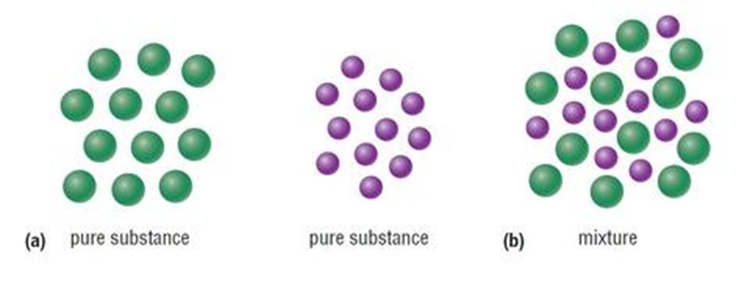For a while, I have been intrigued with some newer anti-counterfeiting, tamper evident label and packaging technologies that utilize taggants. Recently I had an opportunity to attend a seminar on this topic, hosted by Dr. Sharon Flank of InfraTrac.
Introduction to Taggants
But what exactly are the taggants? In most cases, the taggants are simply inexpensive commoditized chemicals such as salt, sugar, caffeine, which help the process be cost-effective. This process is also extremely versatile since there can be millions of taggant combos, or recipes. Furthermore, anything can be protected. The chemical taggants, which are detected spectroscopically, can be utilized in different places including labels, within or on the product itself, dissolved in liquids, or embedded in its packaging.
Unique Mixture
Once the actual ingredients are determined, they are then combined/mixed into a unique recipe by using ratios. This recipe is then applied to the product or packaging typically by dissolving into a printing ink or liquid. The taggants, invisible to the naked eye, are detected spectroscopically. The equipment that does the detection is called a spectroscope or spectroscope reader. Prices range from $1,000 to over $50,000, as there are a variety of models available. Equipment pricing will continue to drop as demand and competition increases.
Scanning Wavelengths
The manufacturing process is rather simple. Initially, the spectra of the product or packaging is determined. The unique taggant (recipe) code is created. Then the combined spectra of the item and the taggant is recorded. For the techies out there, this value is based on the absorbance and the wavelength of the taggant code. Authentication can be quickly achieved by scanning or reading the product or package with a portable handheld spectroscope. This can take 1 second and can show detection with a green or red light, or can display as colors and wavelengths.
Smartphone Spectroscopes On The Way
The obvious evolution of this technology, which by the way is seventy years old, is to have consumers or end users be able to read/scan their newly purchased item to confirm it is not counterfeit. So I asked Dr. Flank how long she thought it would be before everyone had spectroscope readers built into their smartphones. Her reply that Apple had already taken out a patent on this, confirms to me that embedded taggant technology is the direction the anti-counterfeiting industry is moving in.
I will continue to watch for new applications with this technology, as I will also keep an eye on potentially competing technologies such as via QR codes and database validation.
Published:


